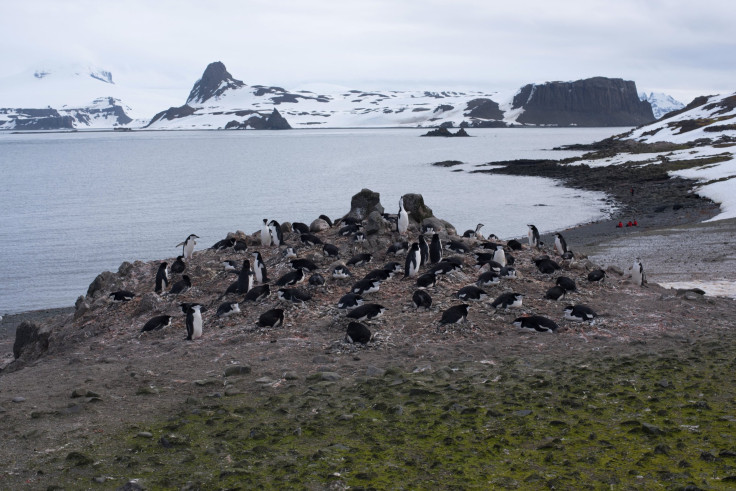Climate Change Effects: Antarctica Ice Melt Forces Invasive Animals Into Threatening Territory

As ice melts in Antarctica, the plants and animals that live in the areas that have already been defrosted could start spreading across the continent and change the rules for how the creatures there coexist.
New research in the journal Nature takes a look at those plants and animals that live in the ice-free parts of Antarctica, which account for more than 99 percent of land-based life in the southernmost part of the globe. According to scientists, when those creatures suddenly have more than just 1 percent of Antarctica’s land mass to call their home and their currently segregated habitats are no longer separated from one another by vast swaths of ice, it could threaten some species and wreak havoc on the ecosystem.
Read: Antarctic Penguins Have Survived a Lot of Volcano Eruptions
Authorities investigating climate change in the Earth’s coldest environments have mostly focused on how certain animals are being affected and will continue to be affected by changing ice coverage in Antarctica and other frozen locations, like the North Pole. That includes polar bears, for example, who are seeing a shrinking habitat in the Arctic. The bears also rely on Arctic winds to sniff out their seal prey, but the winds are blowing faster and impeding them in their hunting.
The recent research in Nature turns the focus onto the creatures who already thrive in ice-free zones. Although expanding their territory sounds like it could only be positive — especially in light of so many species across the planet becoming endangered or extinct have human-caused habitat loss — the thawed land might connect in ways that threaten certain species.
“Climate change will alter the extent and configuration of ice-free areas, yet the distribution and severity of these effects remain unclear,” the study says.
The researchers used estimates for temperature-induced melting in Antarctica to determine how much the ice-free areas would expand, finding that they could increase by more than 10,000 square miles within the next 80 years on the worse end of the spectrum. Although that projected surface area increase represents a fraction of a percent of the continent’s total area, it’s still a 25 percent increase in total ice-free land. On the Antarctic Peninsula, where conditions are changing most rapidly, increasing ice-free areas will boost its stock 300 percent.
That “could drastically change the availability and connectivity of biodiversity habitat,” the study says. “Isolated ice-free areas will coalesce.”
Although the researchers can only speculate about what will happen, they expect life will become more homogenized as some species spread and others become extinct when the different plants and animals enter direct competition with one another.
Read: Climate Change Cancels Climate Change Research Trip
But the biodiversity on Antarctica is important.
“Ice-free areas make for small patches of suitable habitat for plants and animals — like islands in a sea of ice,” researcher Jasmine Lee said in a University of Queensland statement. Those plants and animals include mosses, seals and microorganisms, and some of the creatures can’t be found anywhere else on the planet. “Many native species have evolved isolated from each other for extended time periods; they are mainly constrained by the availability of resources, such as water and nutrients. How they will cope with increasing connectivity and competition from invasive species is largely unknown.”
The information on how ice-free areas will expand could be used to form conservation plans to protect species that would be most at risk from encountering their invasive counterparts.
“We can use the models of expanding ice-free areas to help identify sites for protected areas, or pinpoint where we need to increase biosecurity,” researcher Richard Fuller said.
© Copyright IBTimes 2024. All rights reserved.




















